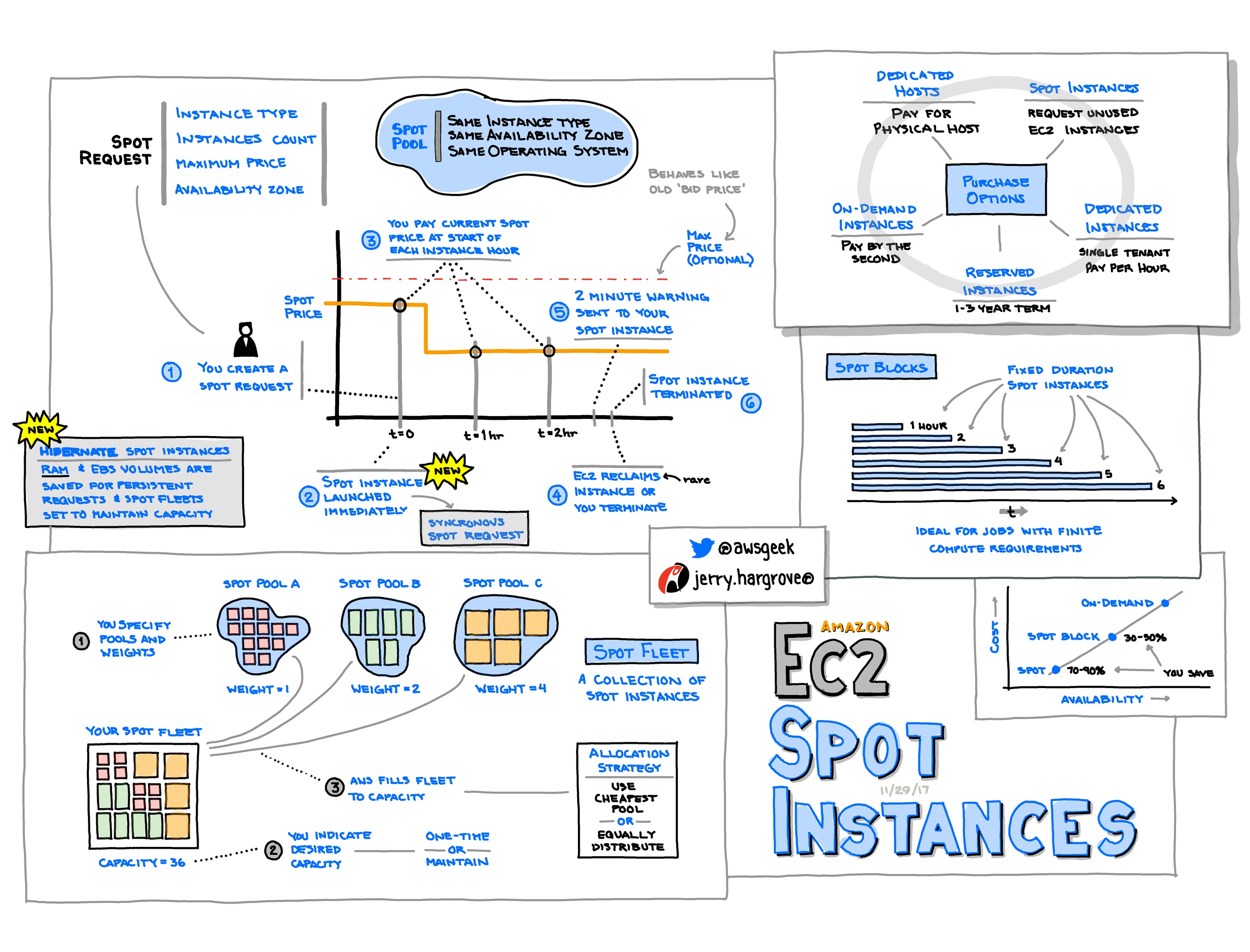
Amazon EC2 Spot Instances offer a cost-effective and scalable way to leverage the power of Amazon Web Services (AWS) for dynamic workloads. They utilize the unused compute capacity of AWS, providing users with the ability to run instances at potentially lower costs compared to traditional on-demand instances. By enabling users to bid on unused EC2 instances, Spot Instances can result in significant cost savings and increased scalability for applications that are flexible in their execution.
Use Cases
Spot Instances are ideal for workloads that are fault-tolerant and can be interrupted, such as big data analytics, batch processing, rendering, and high-performance computing (HPC). They especially suit environments that can handle sudden terminations and restarts, due to the potential cessation of resources with the rise in Spot market prices. Developers often employ Spot Instances for continuous integration and delivery (CI/CD) pipelines, data processing tasks using Apache Hadoop or Spark, and containerized applications managed through Kubernetes clusters.
Pricing
Spot Instances can be as much as 90% cheaper than On-Demand instances, making them an attractive option for cost-optimized workloads. Spot pricing varies based on available unused AWS capacity per Region and Availability Zone, meaning it may fluctuate, requiring dynamic bid adjustments by users. There are two crucial elements to Spot pricing: the bid price, which dictates the maximum amount a user is willing to pay per instance hour, and the actual Spot price, determined by market demand and capacity availability. Users pay the Spot price active at the start of each instance hour. Short-term fluctuations imply strategies like Spot Fleet requests and Predictive Scaling can be leveraged to maximize operational efficiency and minimize costs.
Scalability
Spot Instances allow for rapid scaling of applications due to instant access to large throughput computing resources. This scalability is pivotal for applications with fluctuating demands or those intending to process large volumes of data under time constraints. By deploying Spot Instances in conjunction with the AWS Auto Scaling service, developers can dynamically adjust capacity to meet requirements, integrating seamlessly with existing AWS services, including Amazon S3 and Amazon RDS. With Spot Fleet, it is feasible to optimize instance types across multiple Availability Zones, balancing cost efficiency with performance requirements.
Availability
Spot Instances are available across various AWS regions, yet their availability may vary due to demand and regional capacity. This transience mandates a design strategy that accommodates flexibility, such as the use of distributed architectures and containers that can handle interruptions. The AWS Spot Instance Advisor provides insights into the frequency of interruptions, assisting in job scheduling and infrastructure design to maintain resilience despite interruptions.
Security
Spot Instances inherit the robust security setup inherent to EC2 instances, maintaining compatibility with AWS Identity and Access Management (IAM), Amazon Virtual Private Cloud (VPC), and AWS Key Management Service (KMS). Each instance can be granted unique permissions, similar to other EC2 products, ensuring environment-specific security configurations. Security Groups and Network ACLs contribute to maintaining secure access while preserving the flexibility needed for dynamic instance management.
Competition
Alibaba Cloud offers Preemptible Instances, which provide temporary availability of capacity at discounted rates similar to Spot Instances. Google's equivalent, Google Cloud Preemptible VMs, offers similar cost savings for batch processing workloads that are tolerant to interruptions. Preemptible VMs can be similarly integrated within Google Kubernetes Engine. Microsoft Azure provides Spot VMs, enabling users to select unused compute instances at substantial discounts for workloads that are flexible and scalable. All these cloud providers offer manageability tools and APIs that simplify the incorporation of spot-type instances into their respective cloud ecosystems, although pricing models and usability features may vary.
In understanding Spot Instances and their competitors, developers and IT administrators can better design systems that leverage the economic advantages of variable pricing, while maintaining the flexibility and robustness necessary for enterprise-grade applications. This knowledge ensures better resource utilization and minimizes costs within distributed computing environments, enabling optimized cloud strategies across platforms.
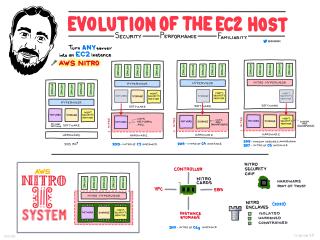 The Evolution of the EC2 Host
The Evolution of the EC2 Host
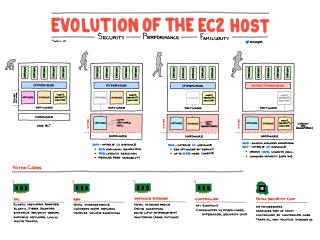 Evolution of the EC2 Host
Evolution of the EC2 Host
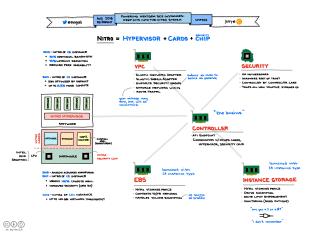 Powering Next Gen EC2 Instances Deep Dive into the Nitro System
Powering Next Gen EC2 Instances Deep Dive into the Nitro System
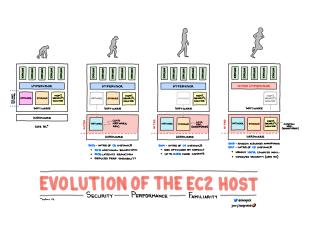 Evolution of the EC2 Host
Evolution of the EC2 Host